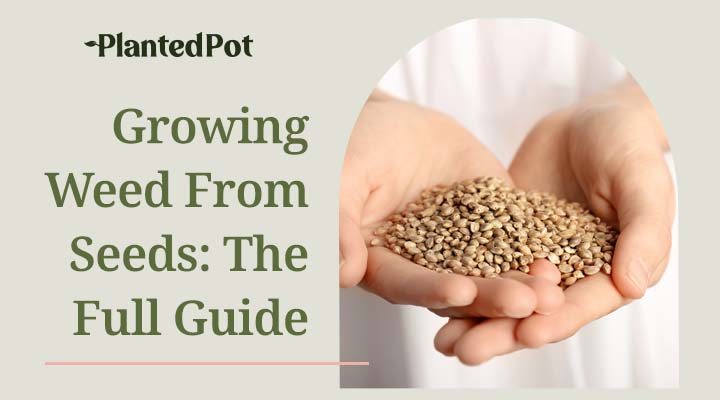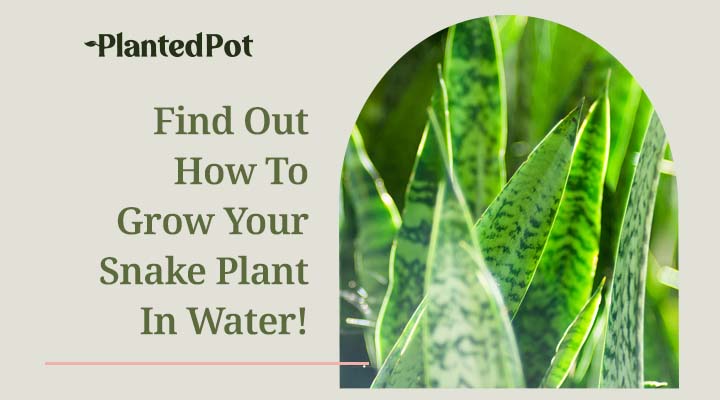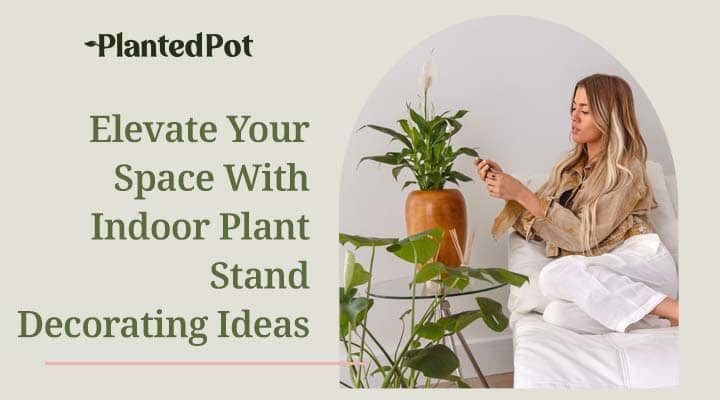
Lights For Indoor Plants: Which Lights Are Right for Me?
Home / Lights For Indoor Plants: Which Lights Are Right for Me?
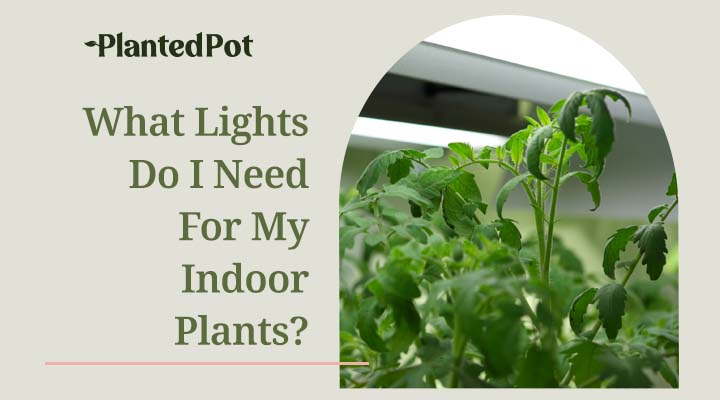
Lights For Indoor Plants: Which Lights Are Right for Me?
- Camilla Salas
- November 11, 2021
- 10:22 am
- No Comments
Have you already mastered watering your plant pals? What if we told you that lighting was just as important to your plant growing big and tall and that you need more than a perfect watering schedule? Indoor gardens can be as beautiful and bright as their outdoor counterparts. With current advancements in tech and lights for indoor plants, it’s not very difficult to achieve, either!
Proper light sourcing can be tricky, but it’s possible to give your plant babies as much light as they need to grow up healthy and happy with the right know-how. Keep reading to start improving your green thumb and your plants’ overall wellbeing today!
Do All Plants Need Light?
Although some plants can adapt to very low-light conditions to survive, most plants won’t last very long without exposure to some light. Having enough light — whether that be natural light or artificial light — is crucial to all plants’ survival.
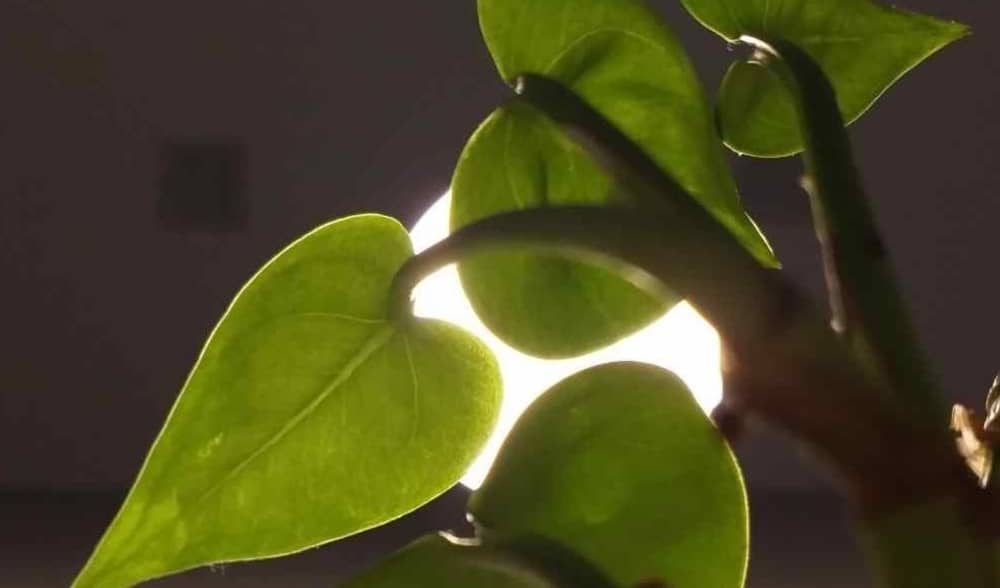
Photosynthesis: What’s for Dinner?
Indoor plants need to eat to grow big and tall, just like we do! Contrary to popular belief, though, being watered is not equivalent to eating. Plants are little chefs all on their own, and through a process called photosynthesis, they’re able to create their energy. It’s up to us to help them obtain all the ingredients they need to create a well-balanced meal.
To produce sugary food (glucose), plants need enough light, water, and carbon dioxide. Using the energy they obtain from light sources, they can transform water and carbon dioxide into glucose. This simple sugar is used for energy to create other substances. Glucose is also a great source of fuel for people, animals, and other wildlife, so its production benefits the Earth and each plant that produces it.
Survival Mode
Plants don’t need light all the time — after all, they do fine with overnight darkness — but in crisis, they’re often able to adapt to survive. Through a process called etiolation, they’re able to culminate all their available energy to quickly grow outward to find and absorb any found sunlight.
That being said, no plant can survive too long without light. Without light, food sources will eventually run out. Even parasitic plants, which need other host plants to receive nutrients and energy from glucose and the sun, are at-risk for food storage.
How Much Light Do Indoor Plants Need?
Different indoor plants need varying amounts of light to flourish. Most flowering plants need somewhere between 12-16 hours of light per day to grow their best. Indoor plants also have bedtimes and should also have at least eight hours of darkness each day.
Plants are generally grouped into three simple categories for how much or little they need light:
- Low-Light: Most north-facing rooms are considered low-light. One easy way to tell if an area is low-light is by seeing if you’re able to comfortably read in it. If you can’t, you’re likely in a low-light area of your house.
- Medium-Light: East and west-facing rooms are generally medium-light. Medium-light is often described as filtered or indirect sunlight. Imagine how the sun looks peeking through your window at sunset, or how it filters through curtains, and you’ve got medium-light.
- High-Light: South-facing rooms are often brightest throughout the day. If it’s recommended that your plant be placed in high-light, that usually means direct sunlight or other intense light. These plants prosper in windowsills with more light and will likely enjoy being near some artificial light setup if sunshine is unavailable.
Remember: Sunlight through a window is not as intense as it is outside. Though still just as beneficial, it’s not nearly as strong. Be sure to factor that in before setting up any cozy corners for your indoor plant pals.
Herbs Are the Exception
Unlike other houseplants, herbs need even less sunlight to thrive. More tolerant herbs can take up to eight hours per day, with some only needing about four to flourish.
If you plan to grow herbs indoors, we recommend looking into their different sunlight requirements so that you can keep them healthy in their Planted Pot and save any scorching for the saucepan.
What Are the Best Lights For Indoor Plants?
There’s a lot of discourse behind which lights are best for indoor plants because different kinds of plants have specific needs. There’s no one “best” solution for all plants; rather, each kind of plant has its own personal best.
Is Natural Light Best For Indoor Plants?
Natural white light is generally excellent for plants because it contains and emits every single color. Even though plants mostly absorb red light and blue light, natural sunlight offers more than that; this is one of the reasons why the sun is such an unparalleled source of light.
Fortunately for indoor garden curators, natural sunlight is still a valuable light source indoors, even through window glass. Indoor plants with all kinds of light needs will benefit from natural light exposure. As long as you place plants accordingly, the sun will be your friend and theirs.
Is Partial Light Best For Indoor Plants?
Partial light is best for indoor plants that require a low-light or medium-light environment to thrive. Usually, these plants should be kept in the shade during peak sunlight hours and for about half of the day. They should only receive a maximum of four hours of direct sunlight per day (mornings are the perfect time for this).
Are Grow Lamps Best For Indoor Plants?
Grow lamps are best for indoor plants that require high-light or low-light conditions because you can manipulate them to emulate the perfect light for each one of your plants. Grow lamps can be set on timers and can be attached to flexible gooseneck arms so you can better target light spots to specific areas of your plants.
Can Too Much Light Kill A Plant?
There is such a thing as too much of a good thing — too much light (sunlight included) can kill a plant. It isn’t usually an immediate occurrence, and it can sometimes take days or weeks before a plant will die from overexposure.
Some plants have built-in safety systems to help protect themselves from receiving too much sunlight, but that doesn’t mean that we can’t help them avoid overexposure altogether. Fortunately, there are a handful of signs you can look out for to determine if your plant is receiving too much light exposure.
What Happens If a Plant Gets Too Much Light?
Plants are beautiful, but it’s not pretty when they’re overexposed to light. Just like humans, plants can become physically injured if exposed to too much light and can experience:
- Yellow and brown dry patches on their leaves, which are often unrecoverable.
- Extreme dehydration, which can stop plants from being able to photosynthesize.
Sunburn can also occur if a plant is watered or misted under a heat source or exposed to too much light. One of the first indicators of plant sunburn is large white spots (almost like bleach spots).
Caring for Damaged Plants
If your plant appears sad, dry, and dehydrated, it might have had too much light intake. While too much light can kill a plant, it doesn’t always have to. Sometimes sun damage can be repairable, especially if you jump into action right away in helping your leafy pal recover!
Before anything else, move your plant baby to a spot in your home that has less light. Relocating it will give it a break and help it to begin recuperating on its own. You can also help it by trimming off dead leaves and by misting leaves that are still holding on to help it rehydrate. Humidifiers can also be beneficial in helping plants regain and retain moisture more effectively.
How Do You Choose the Best Lights For Indoor Plants?
Since different kinds of plants need different amounts of lighting, it can be a little tricky to figure out which lights are best, especially if you’re catering to many plants.
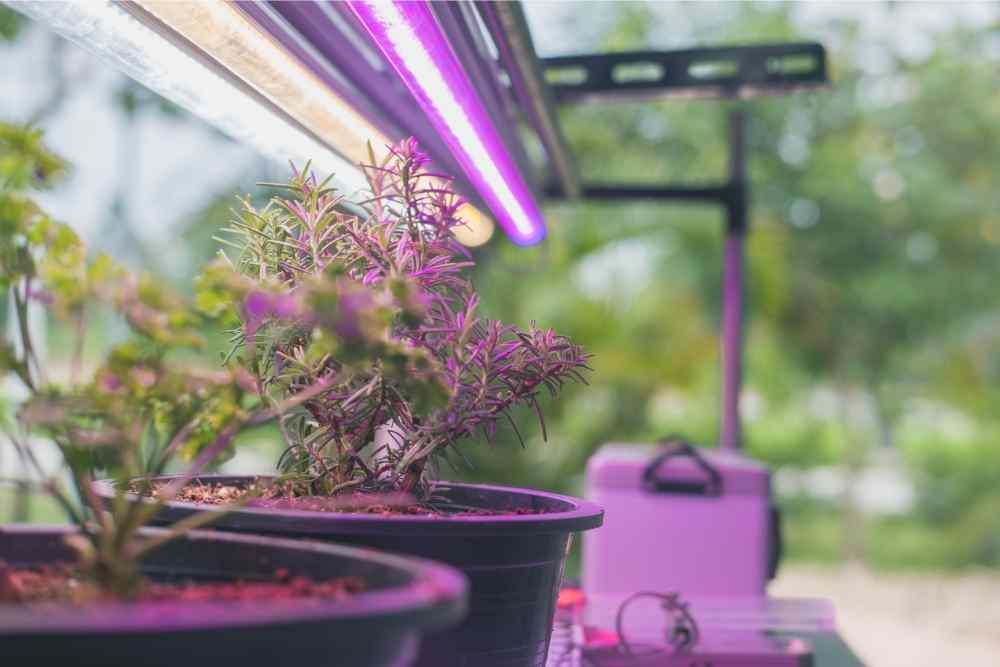
Light Intensity Levels
One thing to keep in mind when considering the use of natural lighting or when shopping for grow lamps is the intensity of each light source. Are the lights dimmable? How high is their wattage, and will they burn the plants they’re meant to nurture?
Details like these can make or break a lighting setup and make your life much easier if considered before a trip to the store. You may not even need artificial light sources to properly maintain your plants’ health.
Broad Spectrum vs. Full Spectrum
Broad spectrum lights emit white light, and there’s no danger from ultraviolet rays from them. UV rays can be bad for plants in larger quantities, so this makes broad spectrum a great option when picking out supplemental lighting for your sprouts.
Full spectrum lights, on the other hand, are meant to mimic the sun’s rays. Similar to the sun, they also produce UV rays. If you decide to purchase plant grow lights that use full spectrum lighting, consider their UV production. Shift your plants accordingly throughout the day to give them adequate breaks.
Energy Efficient Light Bulbs
Different kinds of light bulbs have different purposes and can help you decide which lights you want to invest in for your plant pals.
- LED grow light bulbs: These use less power and emit less heat, which makes them great for plants with high-light needs. LED bulbs are also easier on your wallet and the environment and are relatively easy to install and replace.
- Fluorescent bulbs: Fluorescents generally emit more blue light and are much cooler in temperature than other light bulbs.
- Incandescent bulbs: These are usually warmer-toned than LED or fluorescent bulbs. Because they’re dimmable, they’re great for plants with low-light needs.
Final Thoughts – Lights For Indoor Plants
Plants are a lot like people — they have special preferences and needs just like we do. As plant pals and caretakers, it’s our job to pay attention and listen to these needs so that our indoor pals can grow to their full potential.
By curating a mindful lighting setup for your indoor garden, you can win the indoor gardening game and create a happy home environment where your plants will flourish for months to come!


